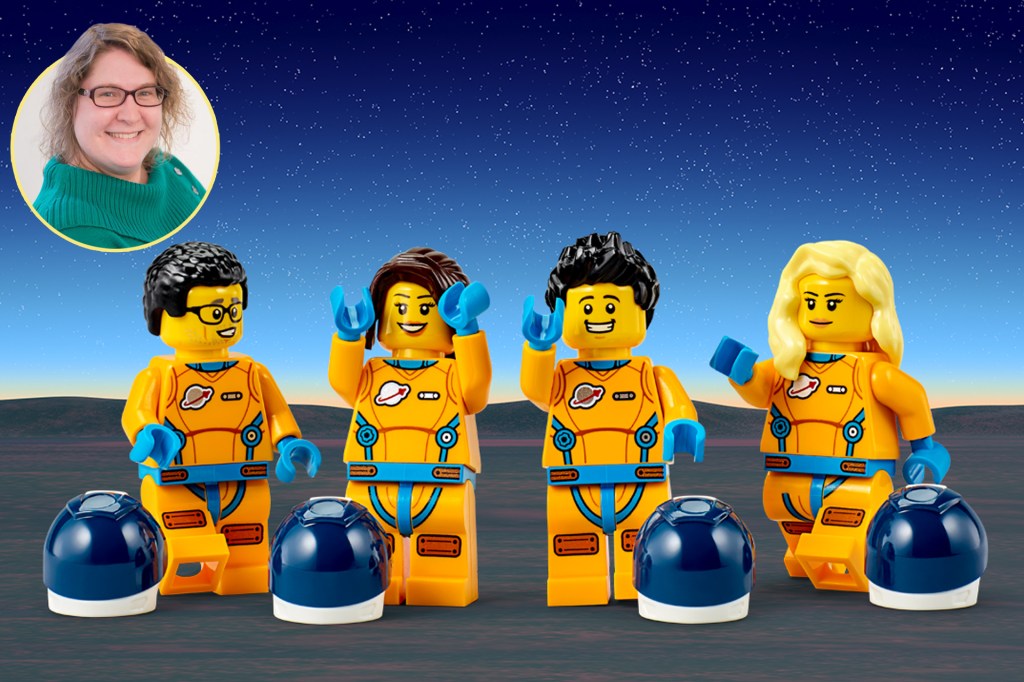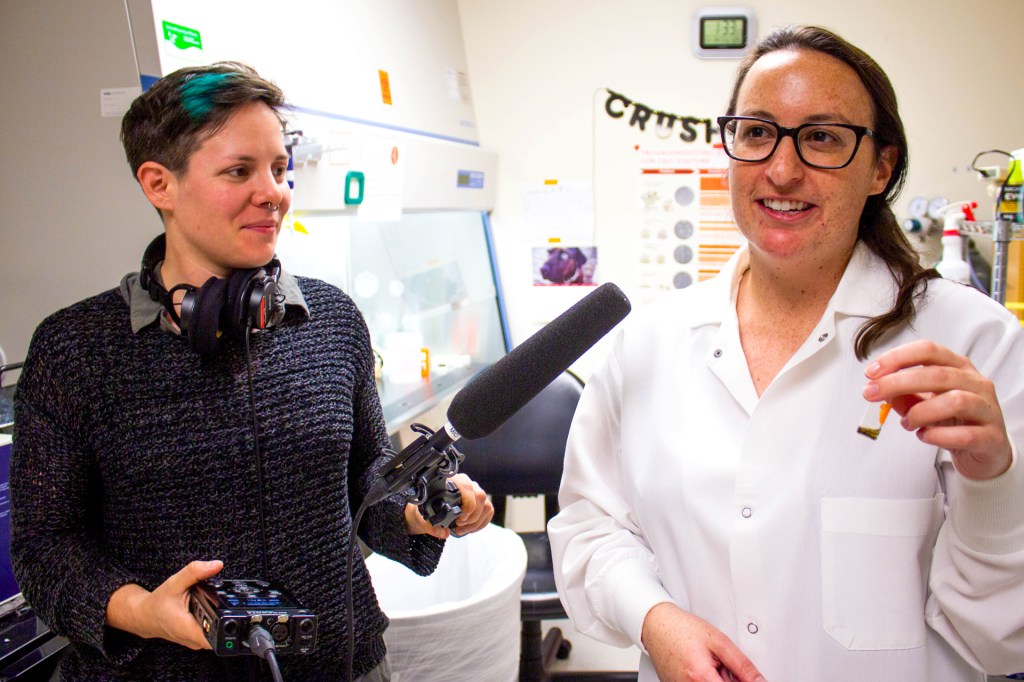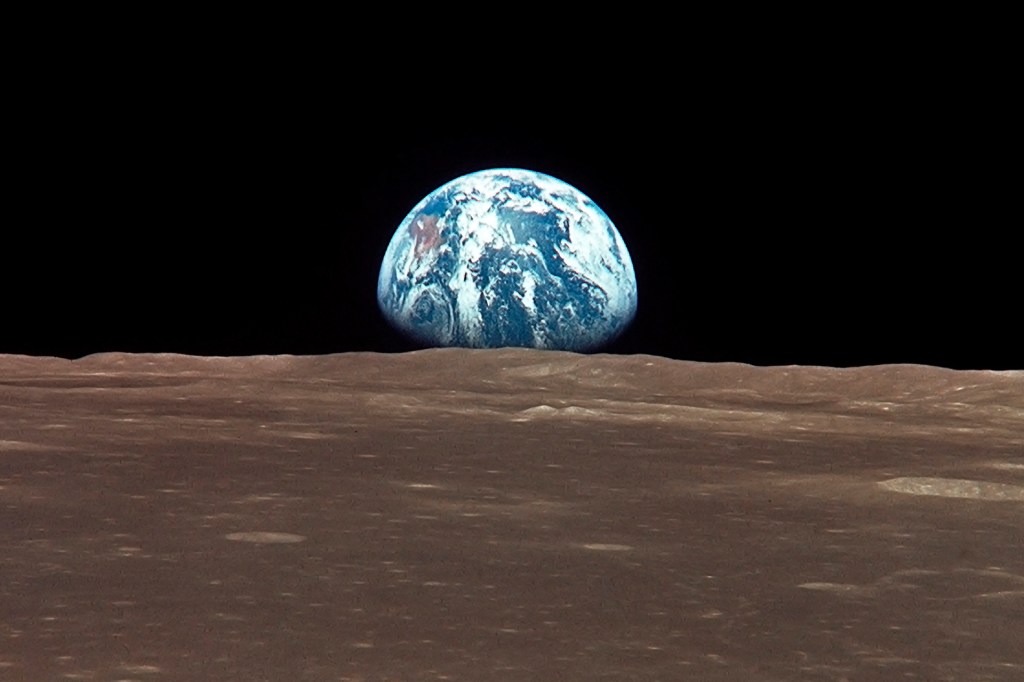
Lego Education and NASA have teamed up to teach kids about NASA’s Artemis missions. These are the next steps in human exploration of the moon. TFK Kid Reporter Zarita Asgar spoke with Jenny Nash, head of education impact for Lego Education.
1. What is Lego Education's Build to Launch program?
It’s a 10-week series in which kids learn from the Lego Space Team. It’s about building up to NASA’s Artemis launch. In each episode, you learn about a career at NASA, and you’re presented with a challenge. You’re really taking on the same challenges they’re trying to solve for the Artemis launch and trying to create your own ideas for them.
2. Can you say more about the Lego Space Team? How did you come up with the personality for each figure?
We tried to pair a Lego Space Team mini-figure to an actual job at NASA. For example, Kate is our command pilot. That’s a position somebody has at NASA. You learn about the characters, but then you also think about what the people in these jobs are really doing every day.
3. What do you like most about your job at Lego Education?
My favorite thing is thinking about how I can make learning really fun and playful for students. With learning, we need to be able to try things out and see what works. I love that we get to create that for kids.
4. What inspired Lego Education to work with NASA?
At Lego Education, we are all about STEAM learning, and helping students be ready for the future. NASA is focused on doing the same thing. They want to help students think about the jobs of tomorrow and how students can fill those roles.
5. A lot of people know about STEM (science, technology, engineering, and math). But how does the A [for art] in STEAM make it different?
Bringing the arts in is important for us to be able to talk about what we’re doing: express it, write about it, draw it. You also need to be creative to design and build. To be successful in the STEM areas, you need to be able to do all those things well.
6. What other qualities are important for someone who wants to work in the STEAM field?
I think it is truly about being ready to collaborate, and being ready to create. But also being able to persevere and be resilient, because ideas don’t always work out the first time.
7. Why are NASA’s Artemis missions important?
The Artemis missions are really launching us into the possibilities of the future. We’re going to the moon, but also thinking about traveling farther than we have before. The first Artemis mission is scheduled to launch on August 29. It’s uncrewed. We’ve got to test it first. Let’s get out there and understand what’s beyond our known limits. That’s what space exploration is all about.
8. Do you think we’ll be able to go even farther? Maybe even to new galaxies?
I hope we will. But it takes our young students now to want to ask those questions and think about how to solve those problems in the future.













